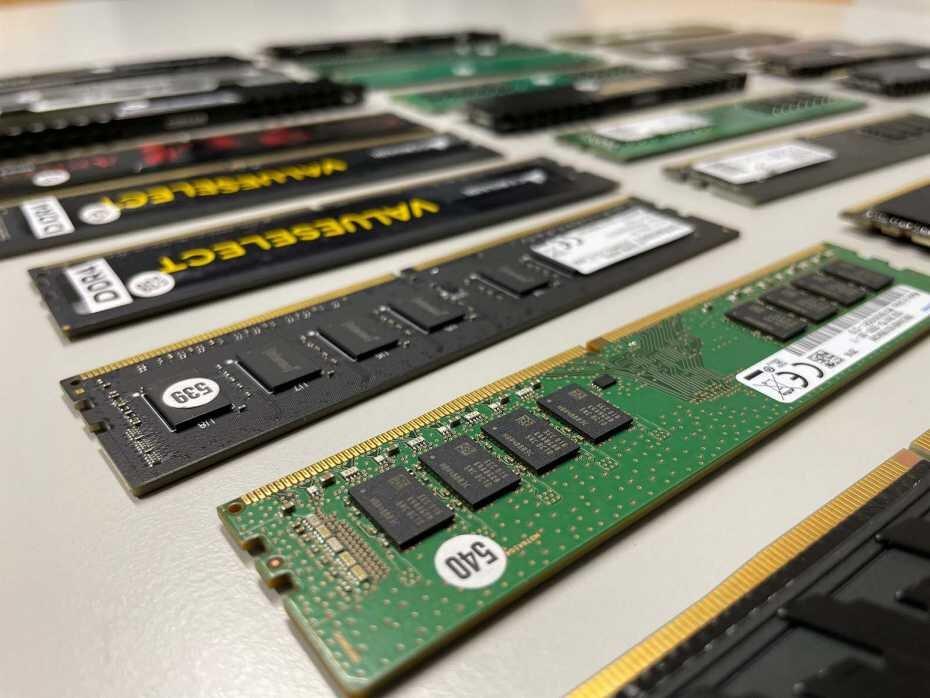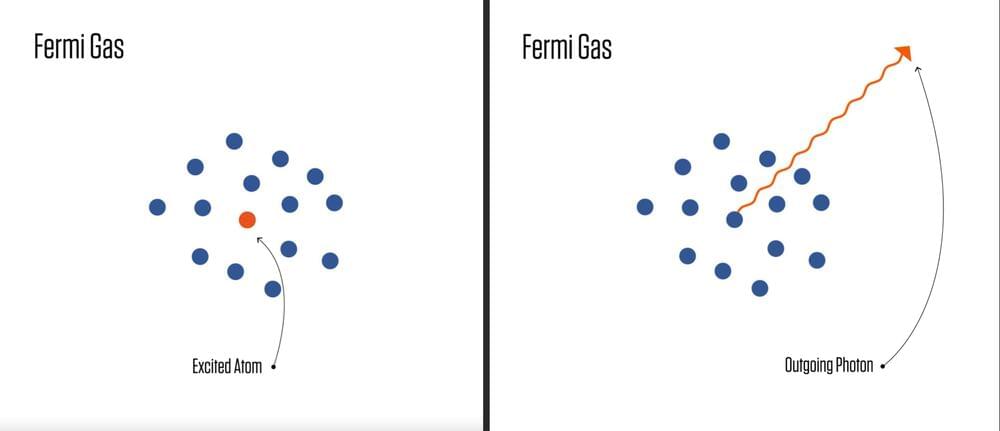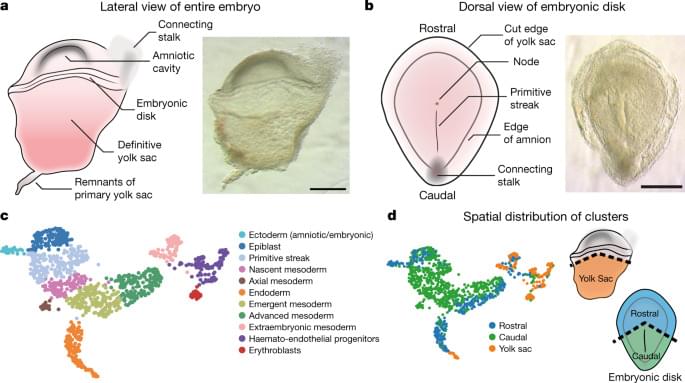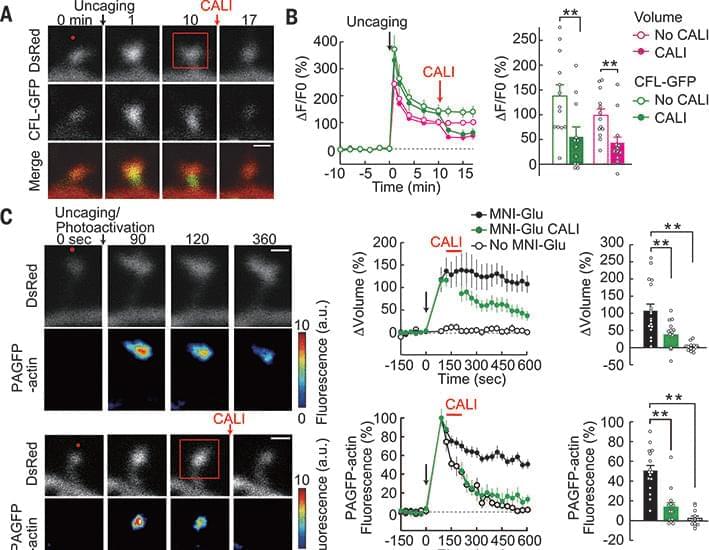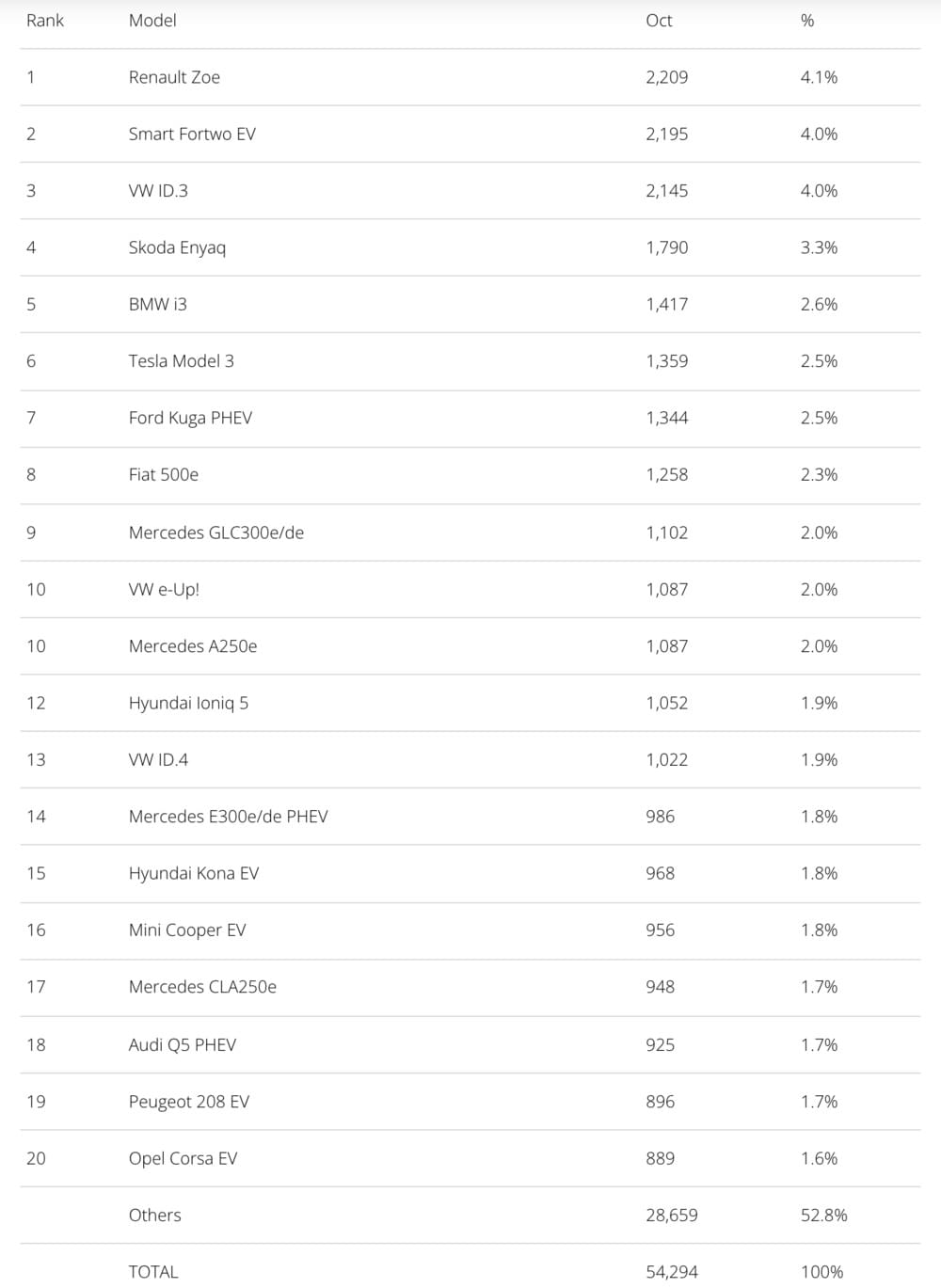
The German plugin vehicle market scored over 54,000 registrations last month, a 12% improvement year over year (YoY), an impressive performance considering the overall market crashed 35%. As a result, last month’s plugin share ended at 30% (17% BEV).
The yearly plugin vehicle share of the market stayed at 24% (12% BEV), an impressive result, especially if we look back to a year ago when the YTD market share was at 10%.
Interestingly, the current disruption is not only hurting gasoline and diesel sales, but is also starting to hit PHEVs, which were down 5% YoY in October. In the same period, BEVs grew 32%, allowing pure electrics to represent 56% of plugin vehicle sales last month, and flipping the YTD numbers to the BEV side (267,000 BEVs vs. 265,000 PHEVs).






